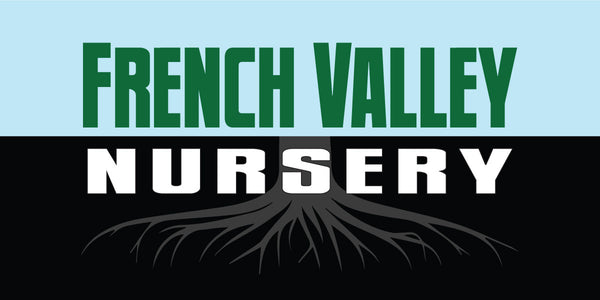The Essential Guide to Watering Your Plants
Proper watering is crucial for the health and vitality of your plants, ensuring they receive the hydration they need to thrive.
In this guide, we will explore the importance of watering, discuss signs of both under-watering and over-watering, and provide you with practical tips to help you establish a successful watering routine for your beloved greenery.
Why Watering Matters: Water is a vital element for plant growth, enabling essential processes such as nutrient absorption, photosynthesis, and cell expansion. Adequate watering helps maintain plant turgidity, supports nutrient uptake, and regulates temperature through transpiration. By providing your plants with the right amount of water, you promote healthy root development, lush foliage, and vibrant blooms.
Signs of Under-Watering: Under-watering can lead to stress and damage to your plants. Look out for signs such as wilting, dry and brittle leaves, and soil that feels dry to the touch. When plants don't receive sufficient water, they struggle to transport nutrients and may experience stunted growth. Adjust your watering schedule accordingly to ensure your plants receive adequate hydration.
Signs of Over-Watering: Over-watering can be just as detrimental as under-watering. Signs of over-watering include yellowing leaves, root rot, and a persistently damp or waterlogged soil. Excessive moisture can suffocate the roots and create an environment conducive to fungal growth. It's crucial to find the right balance and avoid drowning your plants with excessive watering.
Watering Best Practices:
- Know Your Plant's Watering Needs: Different plants have varying water requirements. Research the specific needs of each plant in your collection, considering factors such as species, size, and environmental conditions.
- Water Deeply and Infrequently: Instead of frequent shallow watering, provide a thorough soak to encourage deep root growth. Water the base of the plant until the soil is adequately moist but not waterlogged.
- Observe and Adjust: Regularly monitor your plants for signs of water stress or excess moisture. Adjust your watering frequency and amount based on the specific needs of each plant, as well as seasonal variations.
- Consider the Environment: Factors like temperature, humidity, and sunlight exposure affect water loss through evaporation and transpiration. Adjust your watering routine to accommodate these environmental factors.
- Choose the Right Watering Tools: Select watering tools appropriate for the plant and the area you are watering. Options include watering cans, hoses with adjustable nozzles, or drip irrigation systems, which can provide targeted and efficient watering.
Proper watering is essential for the health and well-being of your plants. By understanding the importance of watering, recognizing signs of under-watering and over-watering, and implementing best practices, you can ensure your plants receive the optimal hydration they need to flourish.
Remember, each plant is unique, so observe, adjust, and fine-tune your watering routine to meet the specific needs of your green companions.
Let French Valley Nursery be your trusted guide as you embark on the journey of watering your plants with confidence and care.

